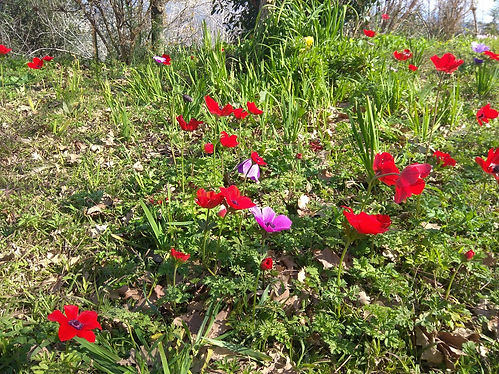
Risk Assessment Survey
Sutok Environmental Consulting possesses extensive knowledge and experience in supporting and preparing Risk Assessment Surveys in accordance with the IRBCA (Israeli Risk-Based Corrective Action) methodology.
What should be done when contamination is discovered at a site, but the proposed remediation seems prohibitively expensive? Is it possible to reduce these costs?
To address these questions, a Risk Assessment Survey can be conducted following the IRBCA methodology. This approach has been adopted by the Israeli Ministry of Environmental Protection and is also widely used by regulators and consultants around the world.

.jpeg)

Risk Assessment Surveys are generally divided into two main types:
-
Qualitative Risk Assessment Survey – A subjective evaluation of risks based on existing information. This approach focuses on understanding the potential impact and likelihood of risks through professional judgment, experience, and semi-quantitative analysis, allowing risks to be classified by severity or priority. Qualitative Risk Assessment Surveys are particularly useful when available data is limited or when there is uncertainty regarding specific risks.
-
Quantitative Risk Assessment Survey – A detailed analysis of risks using numerical data. This method aims to quantify both the potential impact and the probability of risks occurring through statistical analysis and mathematical modeling. By using numerical values and probabilities for different risk factors, existing risks can be more precisely evaluated.
The IRBCA methodology encompasses both types of Risk Assessment Surveys and includes two main categories:
-
Human Health Risk Assessment Survey (HHRA) – This survey evaluates how various risks might impact people present at the site over different periods. The assessment considers different exposure pathways to pollutants and hazardous substances, estimating the risk for each identified exposure pathway.
-
Ecological Risk Assessment Survey (ERA) – This survey examines how various risks may affect the site’s ecosystem, particularly local flora and fauna.
A Risk Assessment Survey relies on all available data collected for the site: historical surveys, soil gas surveys, soil surveys, remediation activities, and more, to enable a detailed analysis of findings and provide recommendations for further action, supported by various statistical analyses.
For additional information, please feel free to contact us and we will respond as soon as possible.
